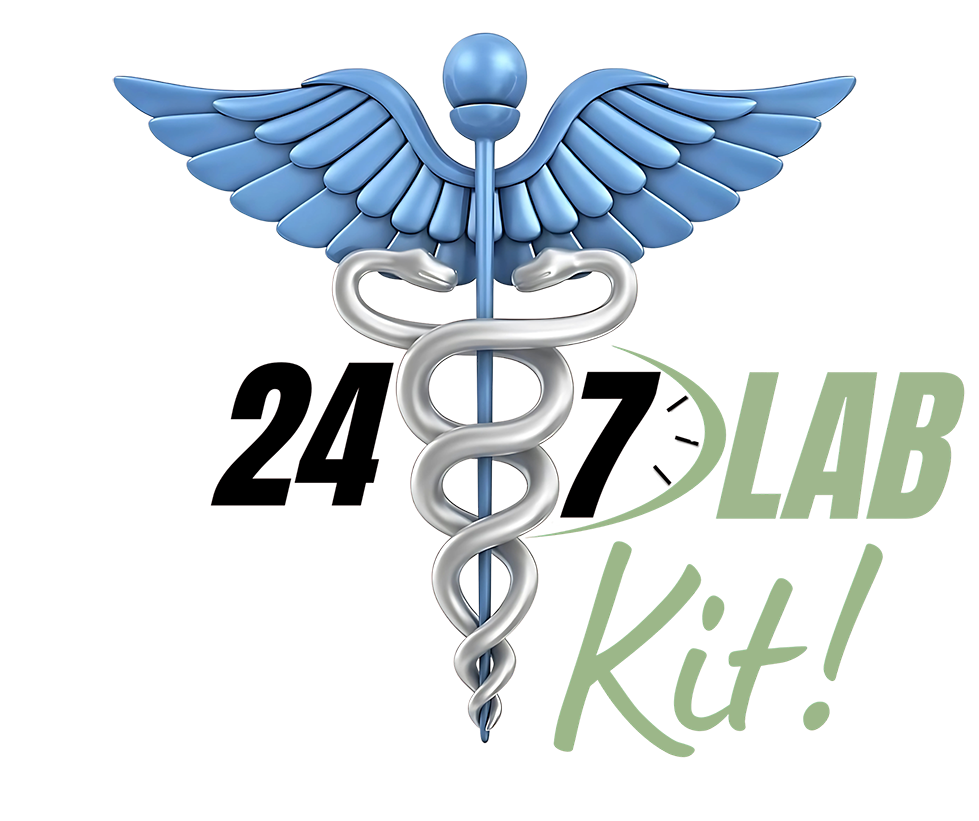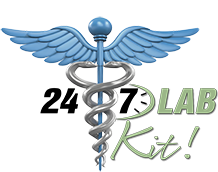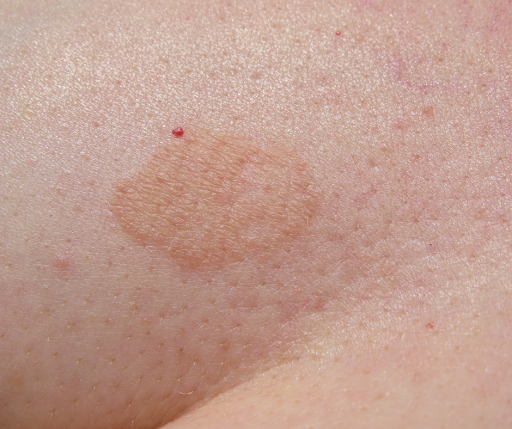What is Trichophyton mentagrophytes Type VII?
How is TMVII Transmitted?
Symptoms and Diagnosis
The symptoms of TMVII can vary, but they typically include:
- Itching and redness in the genital area.
- Painful lesions or sores that can be mistaken for other STIs.
- Scaling and flaking skin, particularly around the infection site.
- Swelling and discomfort during urination or sexual intercourse.
Diagnosing TMVII involves a combination of clinical evaluation and laboratory testing. Healthcare providers may take skin or mucous membrane swabs to culture the fungus, or use molecular techniques to identify the specific strain. Early diagnosis is crucial for effective management and to prevent the spread of the infection.
Symptoms and Diagnosis
The symptoms of TMVII can vary, but they typically include:
- Itching and redness in the genital area.
- Painful lesions or sores that can be mistaken for other STIs.
- Scaling and flaking skin, particularly around the infection site.
- Swelling and discomfort during urination or sexual intercourse.
Diagnosing TMVII involves a combination of clinical evaluation and laboratory testing. Healthcare providers may take skin or mucous membrane swabs to culture the fungus, or use molecular techniques to identify the specific strain. Early diagnosis is crucial for effective management and to prevent the spread of the infection.

Treatment Options
Treating TMVII poses a significant challenge due to its resistance to conventional antifungal medications. Current treatment protocols involve:
- Topical antifungals: These are the first line of treatment but may require prolonged application.
- Oral antifungals: In more severe cases, systemic treatment with oral antifungals is necessary.
- Combination therapy: Utilizing multiple antifungal agents simultaneously to overcome resistance.
Researchers are actively investigating new treatment options and strategies to combat TMVII. Keeping abreast of the latest developments and following prescribed treatments diligently is essential for those affected.

Prevention and Protection
Preventing the spread of TMVII involves practicing safe sex and maintaining good genital hygiene. Here are some tips:
- Use condoms: Condoms can reduce the risk of transmission by providing a barrier.
- Limit sexual partners: Reducing the number of sexual partners can decrease the risk of exposure.
- Regular STI screenings: Regular screenings can help detect infections early, even before symptoms appear.
Inform and educate: Awareness is key. Educating yourself and your partners about the risks and prevention methods can go a long way in controlling the spread of TMVII.
Staying Informed
As with any emerging health concern, staying informed is crucial. Reliable sources such as the Centers for Disease Control and Prevention (CDC) and the World Health Organization (WHO) provide updates and guidelines on new STIs and other health threats. For more information on the latest research and treatment options for TMVII, visit CDC’s STI resource page and the WHO’s sexual health section.
The emergence of Trichophyton mentagrophytes Type VII as a new STI highlights the dynamic nature of infectious diseases and the need for ongoing vigilance in sexual health practices. By staying informed, practicing safe sex, and seeking timely medical advice, we can manage and mitigate the impact of TMVII and other STIs. Remember, knowledge and proactive measures are our best defense against the ever-changing landscape of sexual health.
By understanding TMVII, we can better protect ourselves and our communities, ensuring a healthier future for all.







Comments are closed